Darjeeling is a famous Hill Station in West Bengal. Many of us travel to Darjeeling. But some trace its history. Today’s discussion is about Darjeeling history.
If you want to know the history of Darjeeling, at the same time you have to know about Nepal, Bhutan, West Bengal, and then the British, that is England. Darjeeling was then a part of Sikkim. The inhabitants here were mainly people of the Lepcha community.
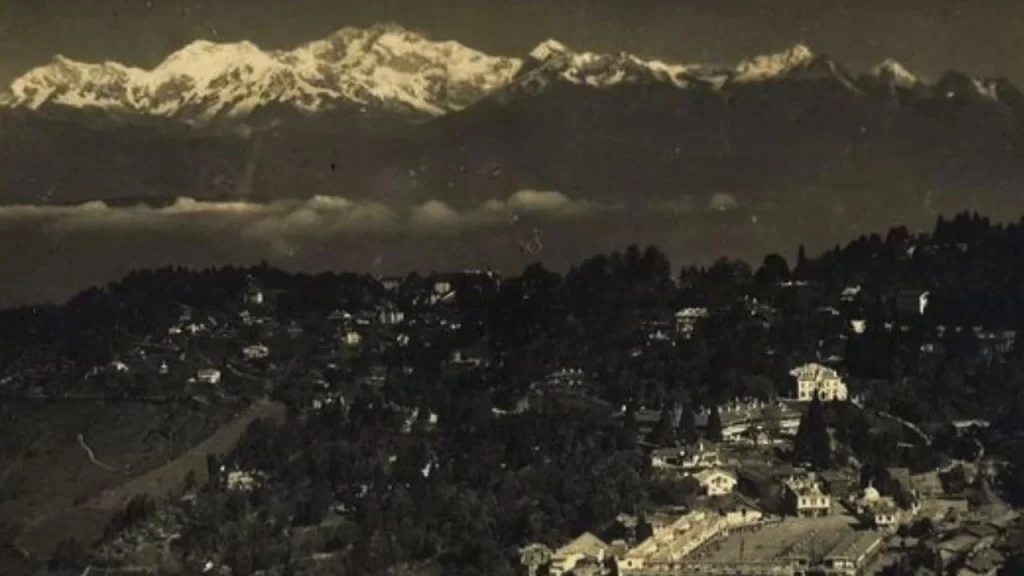
- Darjeeling meaning
Darjeeling is derived from the Lepcha word “Dorjeling” meaning the ‘Land of Thunderbolt‘.
- Anglo-Gorkha war
In 1790, Gorkha troops attacked Rabdentse, then the capital of Sikkim. The Gorkhas annexed the territory up to the river Teesta to their kingdom. Much later, after a war between the Kingdom of Nepal and the East India Company, one-third of Nepal came under British control.
Treaty of Titalia
In 1817 a treaty was signed between Chogyal in Sikkim and the East India Company which we know as the Treaty of “Titlia“. The agreement promised security in Sikkim and the return of land occupied by the Gorkhas.
Darjeeling on Spot Light
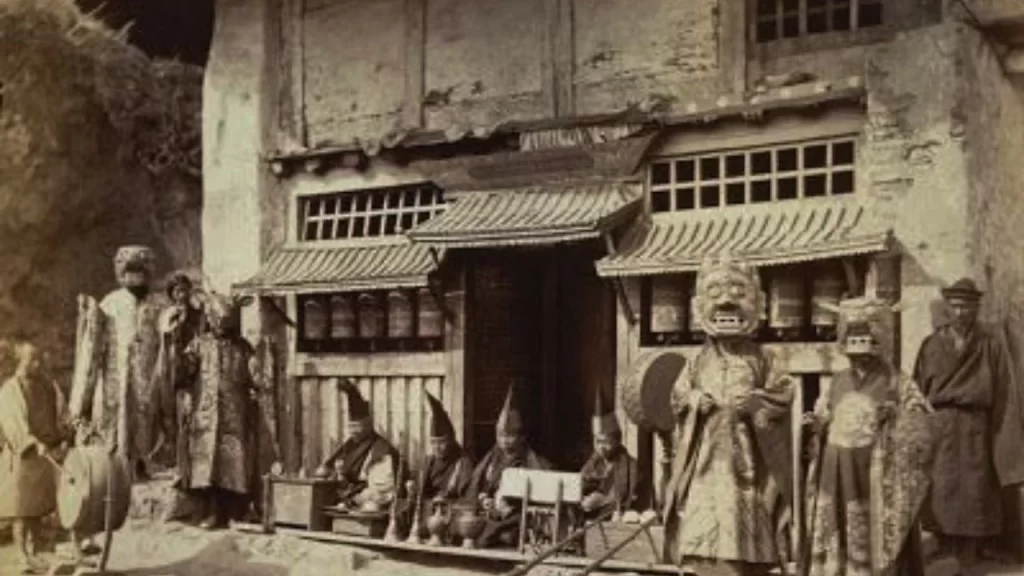
A few years later a land dispute arose between Nepal and Sikkim. The responsibility for its solution fell on the then-British William Bentinck. He sent two of his officers to settle the dispute here. And only after this can we recognize Darjeeling. The two officers spent a few days in Darjeeling on their way to Sikkim.
Pleasant weather in Darjeeling
Darjeeling’s climate and charming surroundings impressed the British officers. And they went back and asked the British government to acquire this place. The government considered the climate and location of Darjeeling and decided to build a Sanatorium there. General Llyod was given the task of negotiating with Chogyal in Sikkim.
After negotiations a land deed was passed with the British, the year was 1835. In the same year, a member of the Indian Medical Service was appointed as the agent for the leased premises and John Napier was appointed as the architect.
Campbell became the superintendent of the Sanitarium built in 1839. During this time, roads were built for transportation. That road connects Darjeeling with the plains of Siliguri.
Darjeeling History: Darjeeling Tea
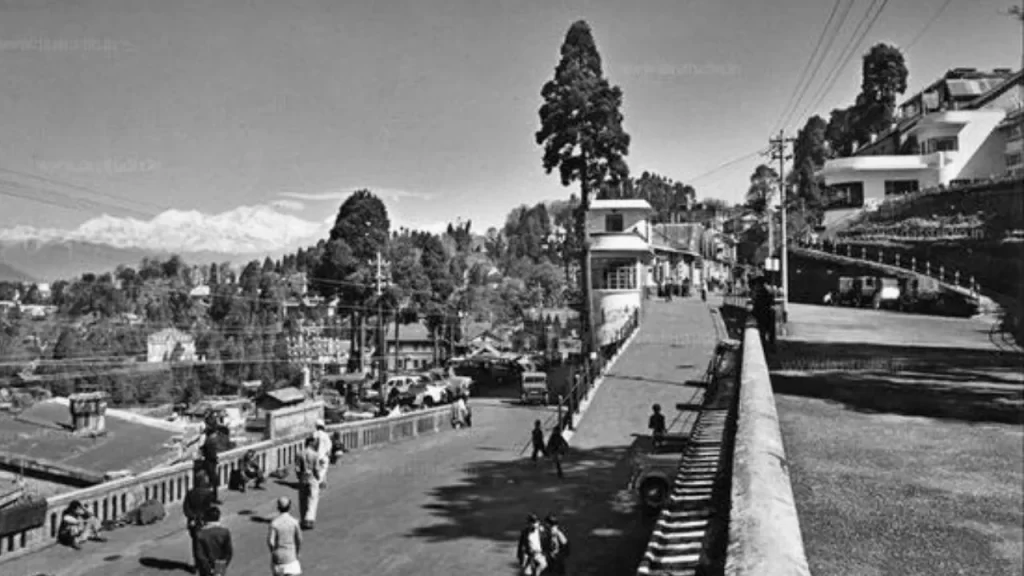
Dr. Campbell then started experimenting with tea cultivation in his settlement area. Seeds for tea cultivation are brought from China. Experiments with different varieties of tea continue. Then commercial tea production started successfully.
And now Darjeeling is famous all over the world for Darjeeling tea. Darjeeling tea leaves are at the peak of popularity. Every year, India earns a lot of foreign currency by exporting this first-class Darjeeling tea abroad, the main part of which comes from rich countries like America or Britain.
Let’s go back to the Darjeeling history. Due to the rapid development of Darjeeling under the influence of the British, people from Sikkim began to flock to Darjeeling. The main purpose of which is to find work. This incident made Chogyal jealous and he forced the laborers who had gone to Darjeeling to return to Sikkim.
This started the conflict between Sikkim and the British. Eventually, the relationship deteriorated to such an extent that Dr. Campbell was kidnapped and held in a jail in Sikkim. An army was sent by the East India Company to free him. However, Camp Bell was liberated peacefully.
Establishment of Schools in Darjeeling
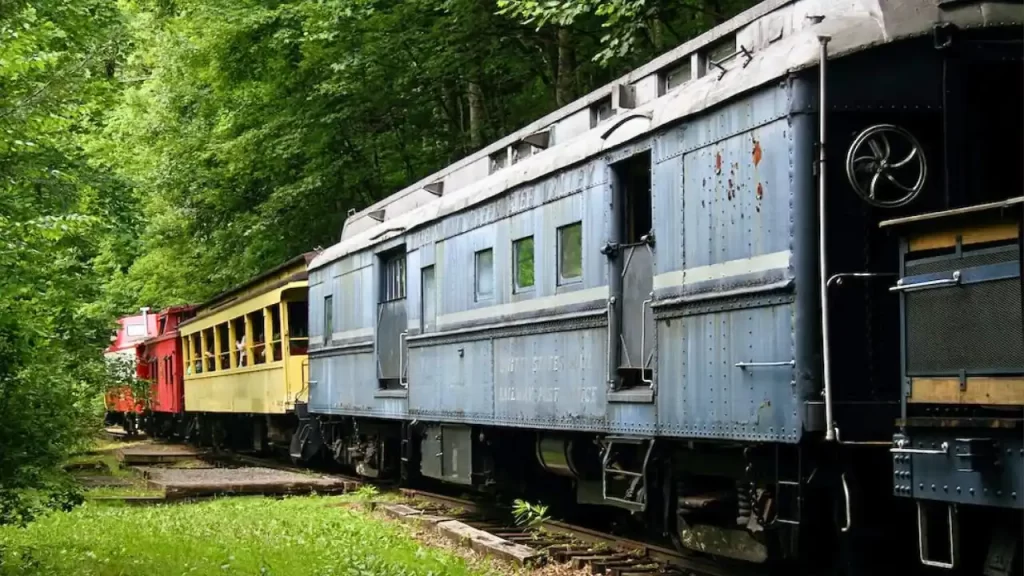
Darjeeling gradually became a part of the British Empire and Kalimpong and Dooars came under their control. Darjeeling developed rapidly after 1850. Many tea plantations and missionary schools were established. Loreto Convent was established in 1847, St. Paul’s in 1864, Planters’ Club, and St. Joseph’s School in 1888.
Darjeeling Himalayan Railways
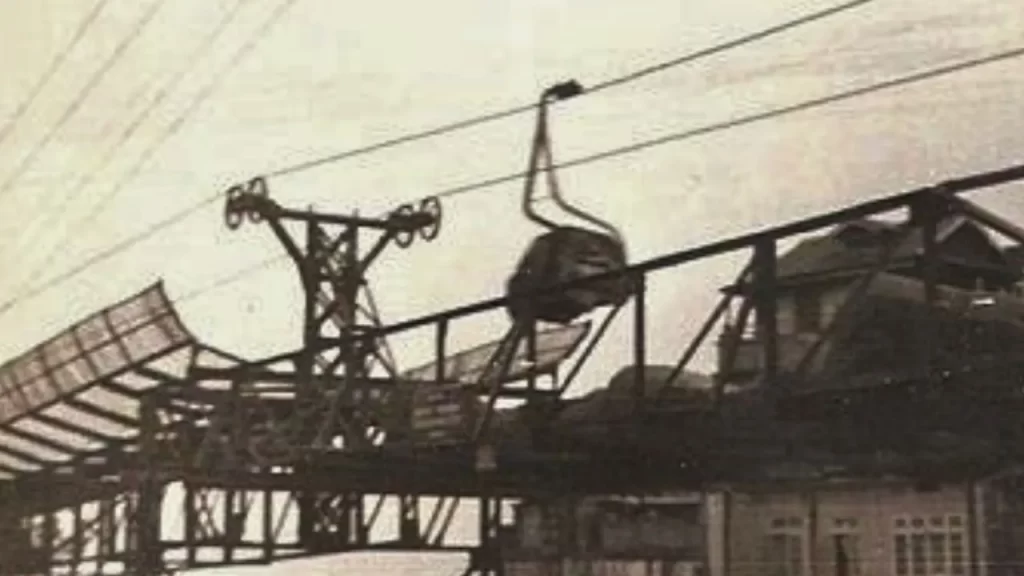
The improved communication system above all made Darjeeling an important bastion under the ever eye of the British. Darjeeling is connected to the plains by rail. Currently, this Darjeeling Himalayan Railway has been declared as a World Heritage Site by UNESCO. Though these trains move very slowly, they offer tremendous views to their travelers. This is a connection between plains and hills. The tourism industry of Darjeeling is gradually developing.
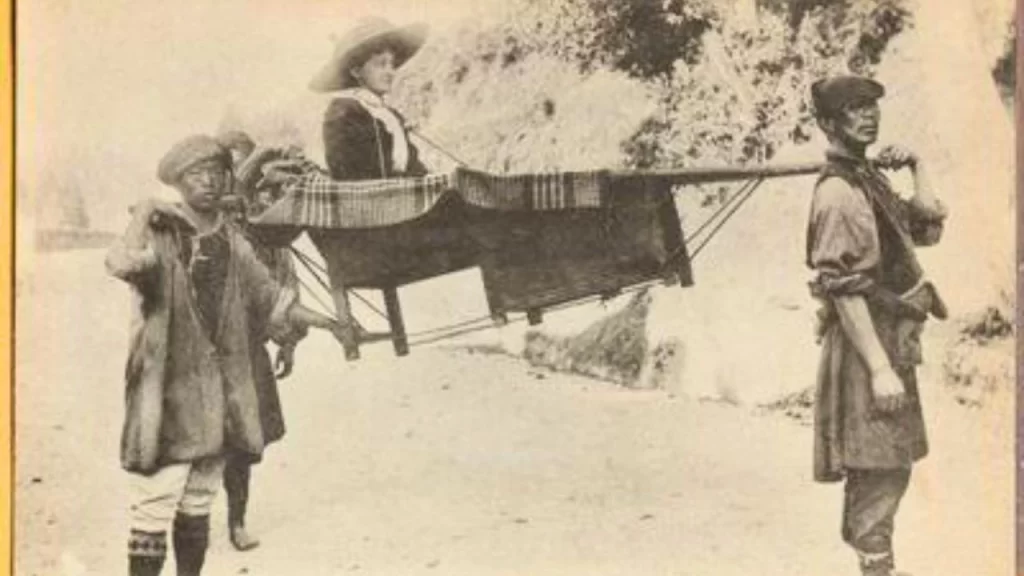
Although there was little traffic at that time, at that time the inhabitants of Darjeeling were mainly British billionaires. Darjeeling became one of the favorite places of all these British officers and “Dhan-Kuber” because they did not feel comfortable in the climate of this country after coming from Britain.
One school after another was built here keeping them in mind. Only British children studied in these schools. Along with the British, rich Indians also built their own houses here. Their children also continue to study in these schools. Gradually Darjeeling opened up to all.
Darjeeling History after Independence
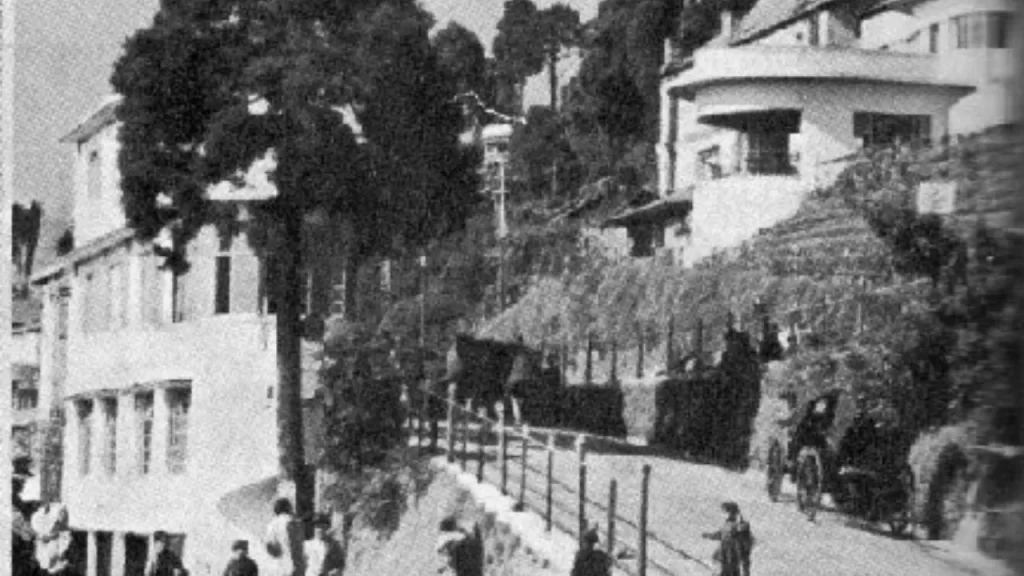
Darjeeling became part of West Bengal after independence. A separate district was formed after independence with the “Torai’ region of Darjeeling, Kalimpong, Kurseong, and Siliguri. As the traffic of people increased, the tourism industry of Darjeeling flourished. Tourists come here not only from the whole of India but also from the neighboring countries and even the big countries of the world. Many Bengali Hindi movies have been shot here because of its amazing beauty.
Toy Train In Darjeeling
Darjeeling is famous for its toy trains. DHR started in 1881 it covers a distance of 88 km in total. The toy train track in Darjeeling is a marvel of engineering upon the hills. Darjeeling is famous for its sprawling tea plantations. Darjeeling is famous for its spectacular sunrise at Tiger Hill. How a lazy evening can be spent sitting in the Darjeeling Mall is beyond comprehension. It also has the famous Himalayan Zoo and Mountaineering Institute in Darjeeling history.
Conclusion
As the number of tourists has increased in Darjeeling as a tourist destination, tourism has also developed in the remote hills. Small homestays have been built there. Darjeeling has many heritage buildings from the British era, the hospitality of local Nepali, Bhutias, Waterfalls Park, and Lakes.
🅵🅰🆀
Q.1: What is the meaning of the word Darjeeling?
Ans: Darjeeling is derived from the Lepcha word “Dorjeling,” meaning the ‘Land of Thunderbolt.’
Q.2: How did Darjeeling come under British control?
Ans: After the Anglo-Gorkha war in 1790 and subsequent conflicts, Darjeeling became a part of British-controlled territory through negotiations and treaties, such as the Treaty of Titalia in 1817.
Q.3: Who were the early inhabitants of Darjeeling?
Ans: The original inhabitants of Darjeeling were mainly people from the Lepcha community.
Q.4: When did the British start showing interest in Darjeeling’s potential?
Ans: British officers exploring the region in 1835 recognized the pleasant climate and charming surroundings of Darjeeling, leading to negotiations with the Kingdom of Sikkim and the acquisition of the land for a Sanatorium.
Q.5: How did tea cultivation begin in Darjeeling?
Ans: Dr. Campbell, appointed as the agent for the leased premises, started experimenting with tea cultivation in Darjeeling in 1839, using seeds from China. This marked the beginning of successful commercial tea production in the region.
Q.6: What led to the conflict between Sikkim and the British in Darjeeling?
Ans: The rapid development of Darjeeling attracted people from Sikkim seeking work, causing tension between Sikkim and the British. This conflict escalated to the point where Dr. Campbell was kidnapped, leading to East India Company intervention.
Q.7: How did Darjeeling develop under British rule?
Ans: After 1850, Darjeeling saw rapid development, with the establishment of tea plantations, missionary schools, and the introduction of the Darjeeling Himalayan Railway, which is now a UNESCO World Heritage Site.
Q.8: When did Darjeeling become a part of West Bengal after independence?
Ans: Darjeeling became a part of West Bengal after India gained independence. A separate district was formed with the “Torai” region, Kalimpong, Kurseong, and Siliguri.
Q.9: What are some famous attractions in Darjeeling?
Ans: Darjeeling is famous for its toy trains, sprawling tea plantations, spectacular sunrise at Tiger Hill, Darjeeling Mall, Himalayan Zoo, and Mountaineering Institute.
Q.10: How has tourism developed in Darjeeling over the years?
Ans: With an increase in tourist numbers, Darjeeling has seen the development of the tourism industry, including small homestays. The region’s beauty has attracted filmmakers, leading to the shooting of several Bengali and Hindi movies in Darjeeling.
Q.11: What are some unique features of Darjeeling?
Ans: Darjeeling is renowned for its toy trains, the Darjeeling Himalayan Railway, stunning tea plantations, and its cultural heritage from the British era.
Q.12: What is the current status of Darjeeling’s tourism industry?
Ans: Darjeeling’s tourism industry has flourished, attracting visitors from across India and around the world. The region offers natural beauty, historical sites, and cultural experiences.
- Siliguri to Tinchuley Distance, Route, and Travel Guide October 2025Tinchuley is a quiet, offbeat hill village located in the lap of the Darjeeling hills. Siliguri to Tinchuley distance is discussed here. This village is famous for its peaceful environment …
- Sitong Tour Plan 2025 | Sitong Tourist Places | Best Homestay in Sittong | North Bengal TourThis blog is about Sitong Tour Plan.The Orange Village, a small hill village located in the Darjeeling district of West Bengal, which is located in the lap of the Himalayas, …
- Sittong Temperature Overview|Guide to Weather & Best Travel Times (2025)Sittong is a picturesque hill station in West Bengal. Currently, in May, the weather here is hot and humid. Pre-monsoon showers have begun. Although this region experiences pleasant weather throughout …
- Siliguri to Tabakoshi Distance: How Far? [55-58] KM & Travel TimeTabakoshi is a relatively lesser-known place and a pretty attractive travel destination for tourists. The nearby hill town is Mirik. From here, the tea garden close by is Gopal Dhara. …
- Panbudara View Point | Offbeat Places in Kalimpong | Panbu Dara Travel GuidePanbudara View Point, located in the Kalimpong district of West Bengal, is increasingly becoming one of the top destinations for travelers to Darjeeling. It is an attractive destination for those …
- 5 Star Nature: Enjoy the Pristine Beauty of Namthing Pokhri!The best bird-watching destination in North Bengal is Latpanchar and the beautiful natural lake Namthing Pokhri is located nearby. Tourists flock here, attracted by the immense beauty of nature. The …
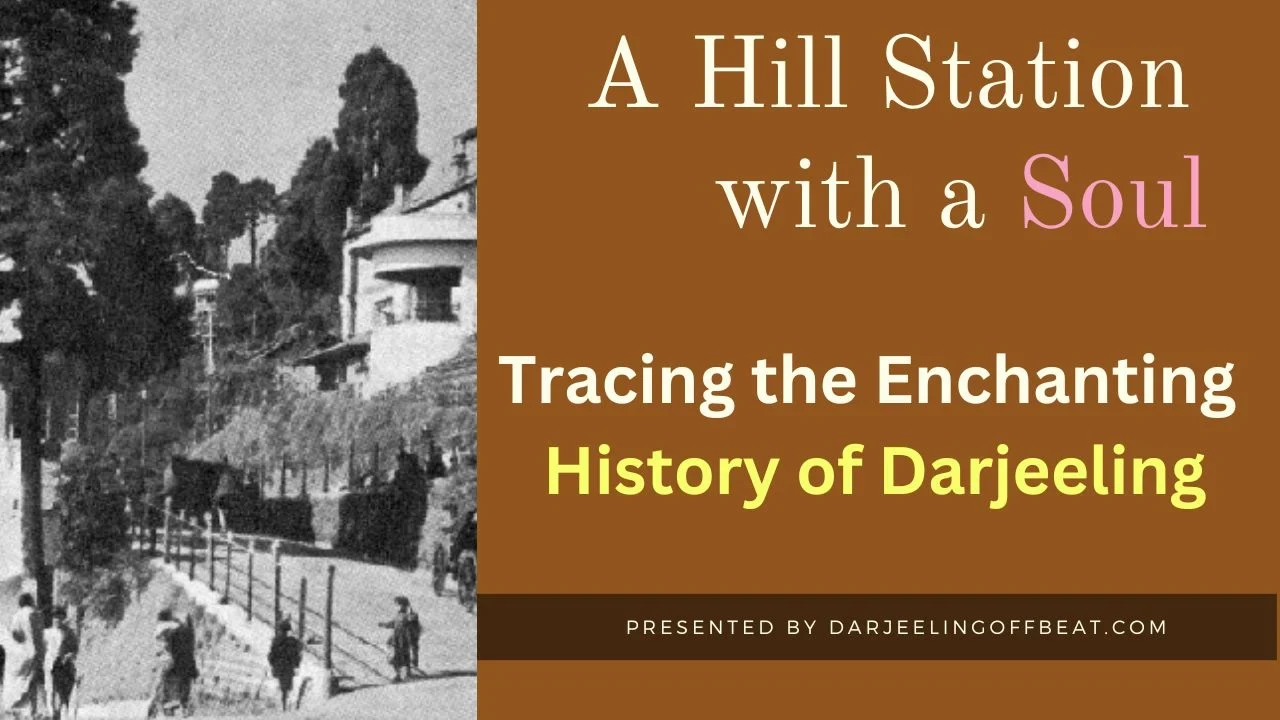




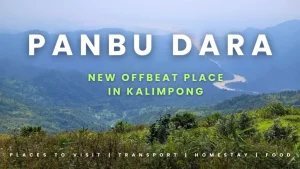





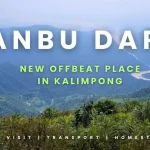





North Bengal's offbeat magic is my muse. I find adventure in whispering waterfalls, vibrant village life, and breathtaking Himalayan vistas. Join me as I delve deeper, seeking stories and experiences beyond the mainstream, from Darjeeling's tea havens to the unexplored corners of this incredible region